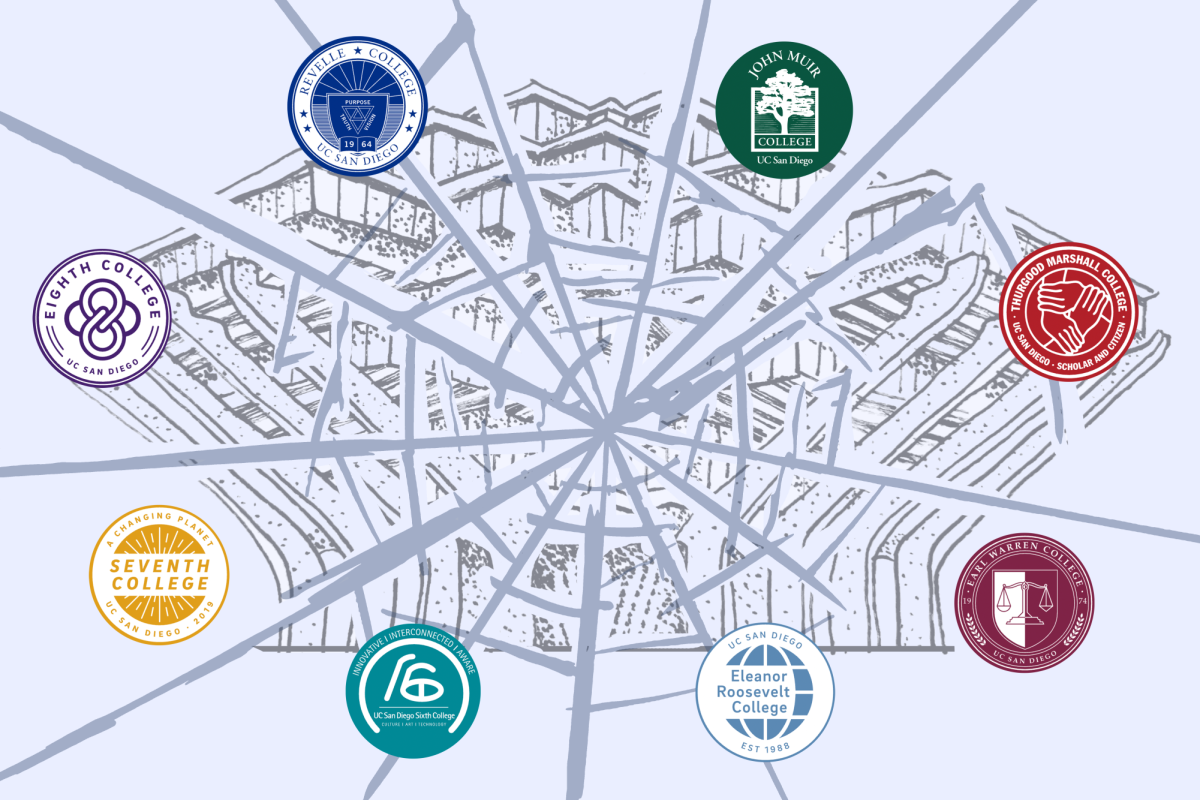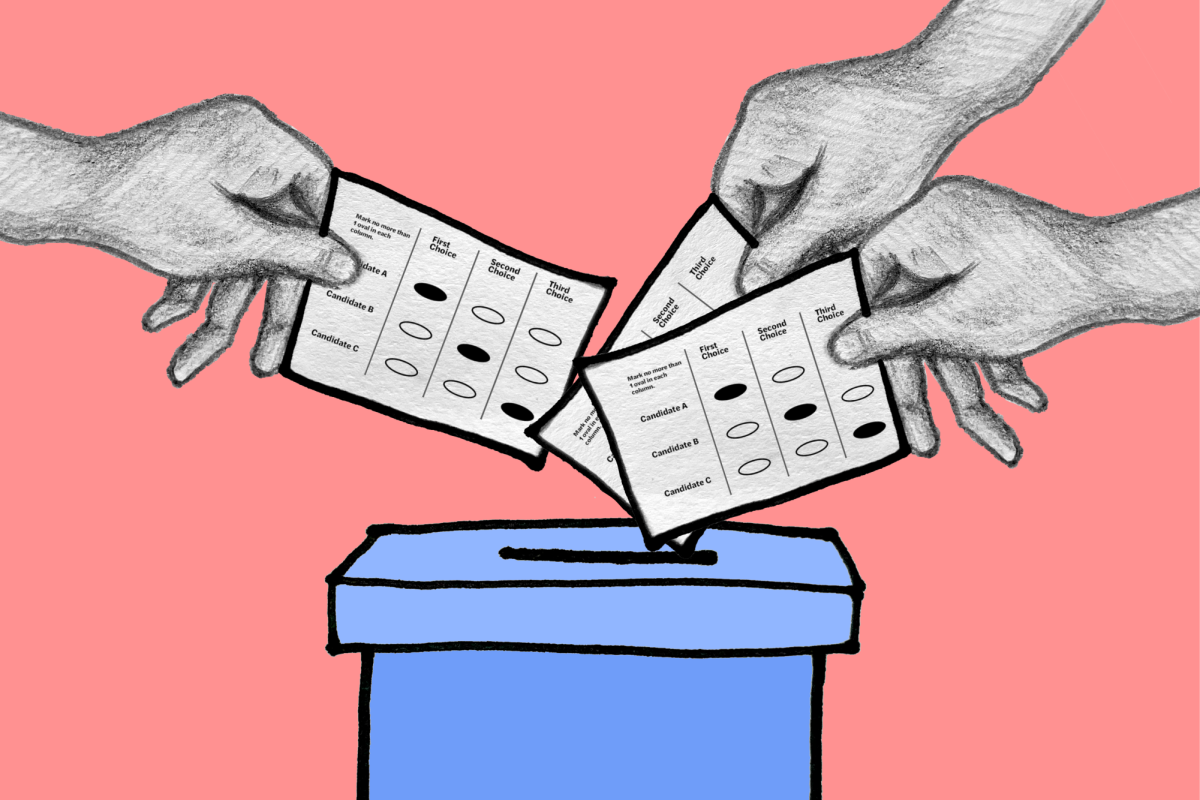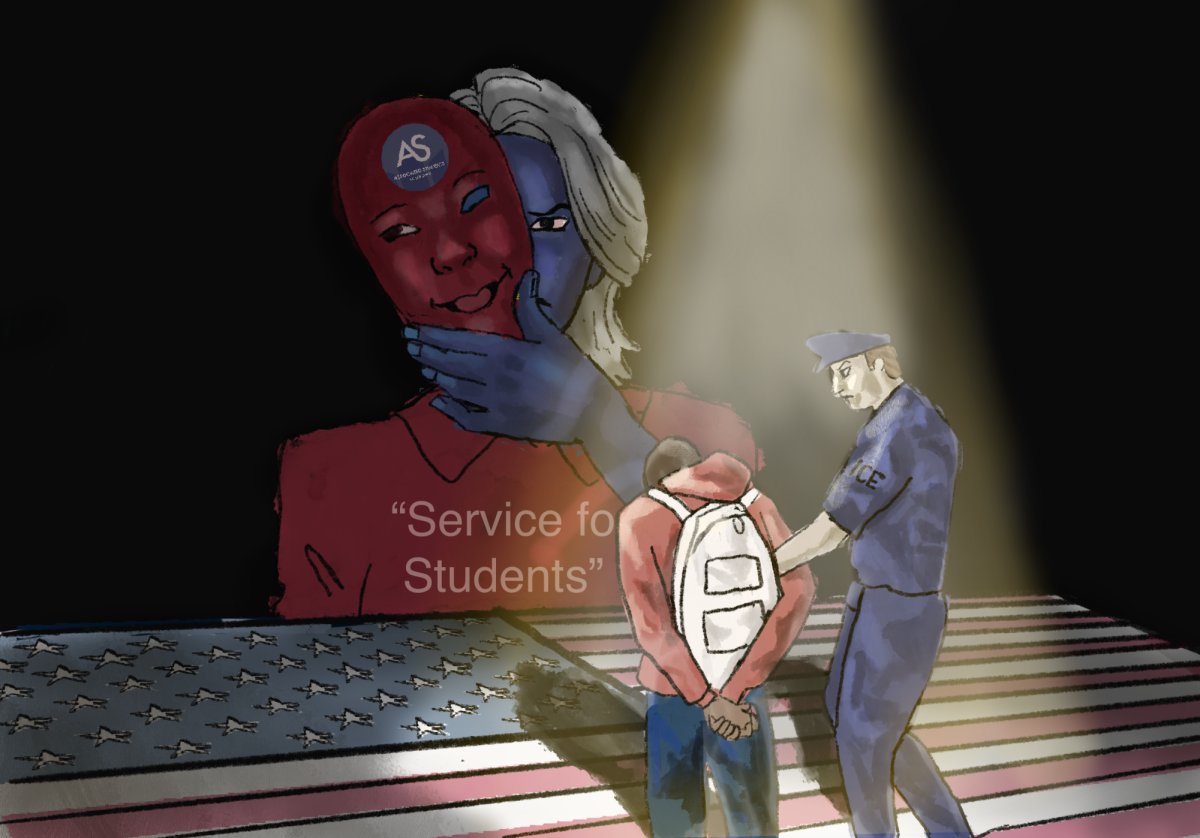It’s finals season at UCSD, where a quick jaunt through Geisel will reveal copious amounts of students pulling all nighters sprawled on tables, with a weird smell permeating the air. Students are cramming material all the way up to exams, and many fight and scratch for any advantage they can obtain, regardless of academic integrity. No, not all students are cheaters, but one can’t deny the increased recreational use of the prescription drug, Adderall. Using a prescribed drug to enhance study habits is a legitimate issue on campus, and UCSD should go to more measures to limit its use.
According to a University of Kentucky study of 1600 students, 34 percent of students have used the drug, despite just 4 percent having legal prescriptions. The number rises to around 50 percent when we control just for juniors and seniors. Adderall is a Schedule II drug listed alongside drugs with more negative connotations such as cocaine, opium, PCP and morphine. Needless to say, it is illegal for anyone to use Adderall unless they have a prescription for ADHD.
The drug helps increase mental attention, decrease impulsiveness and relieve fatigue. In other words, you’ll be spending less time looking up TMZ pictures of Beyonce’s baby and more time on that tedious 12-page final paper. The Drug Enforcement Administration classifies amphetamines as addictive: Side effects include increased blood pressure, inability to fall asleep, weight loss and a lack of appetite. Dr. Leah Lagos, a New York sports psychologist, states that a shorter-acting version of Adderall takes three to five hours to wear off.
With that being said, many students use Adderall to attain a higher level of academic achievement. As it is in baseball, we don’t know with certainty if steroids helped Barry Bonds hit 74 home runs in a season, but we do know it had some profound effect. We may not be able to prove whether reducing impulsiveness with Adderall directly correlates to higher test scores, but it has a definite effect. While the percentages don’t seem high now, the trickle-down effect of success and Adderall may cause increased use.
The academic consequences shouldn’t be an afterthought. If a school isn’t able to regulate the use of Adderall, the punishment must be applicable. Since we aren’t going to start drug testing students, we can instead implement a program to help students who are misusing them, along with a small suspension. Kicking students out only furthers the problem, but if schools are willing to work with students in dealing with stress and workload, along with educating them with the facts about Adderall, we can see gradual progress.
The solution to limiting Adderall use comes from both a macro and micro level. The dilemma here is how students are able to accrue these prescriptions or pills. On one hand, it is illegal to use someone else’s prescription; on the other, there are an inordinate amount of legal pills on campus, making it easier for people to buy and use. Because it’s so hard for doctors to realistically diagnose a person with ADHD, this leads to easy access for students. Schools must provide stricter guidelines with which doctors can allow the prescription of Adderall. Finding a way to restrict the leniency in distribution of Adderall would in turn decrease its daily usage among students.
The micro-level deals with the mindset of students without clear time management skills. There are classes and workshops provided by UCSD on many of these issues — Counseling and Psychological Services has a stress management resource workshop — but ultimately it is up to students to cope with a school workload without having significant problems focusing.
Stress is something students deal with on a weekly and even daily basis, and Adderall is a quick escape for those wanting to find a slight advantage in the everyday effort of work and school. With proper attention and resources to address the issue, our campus can reduce Adderall use.







